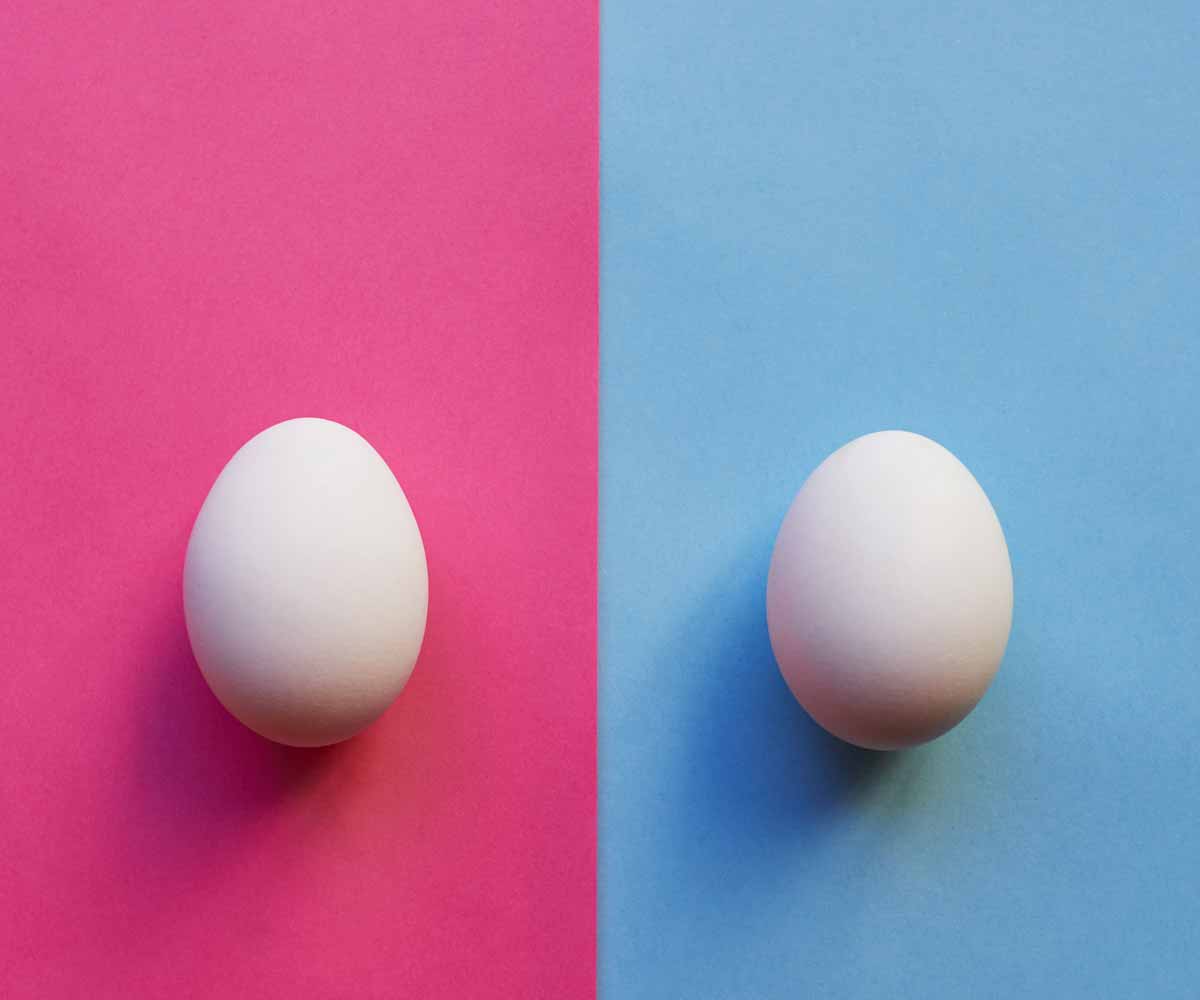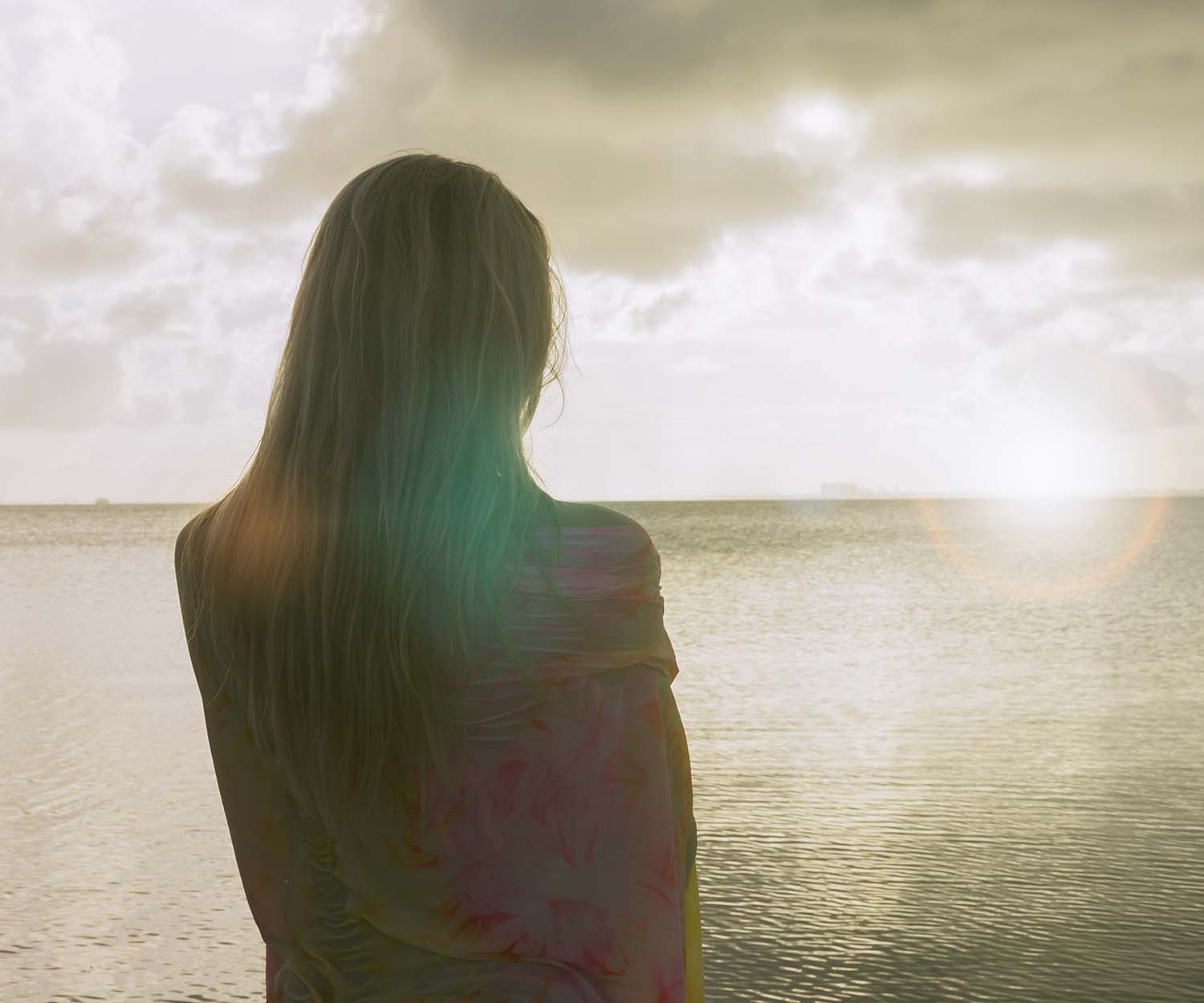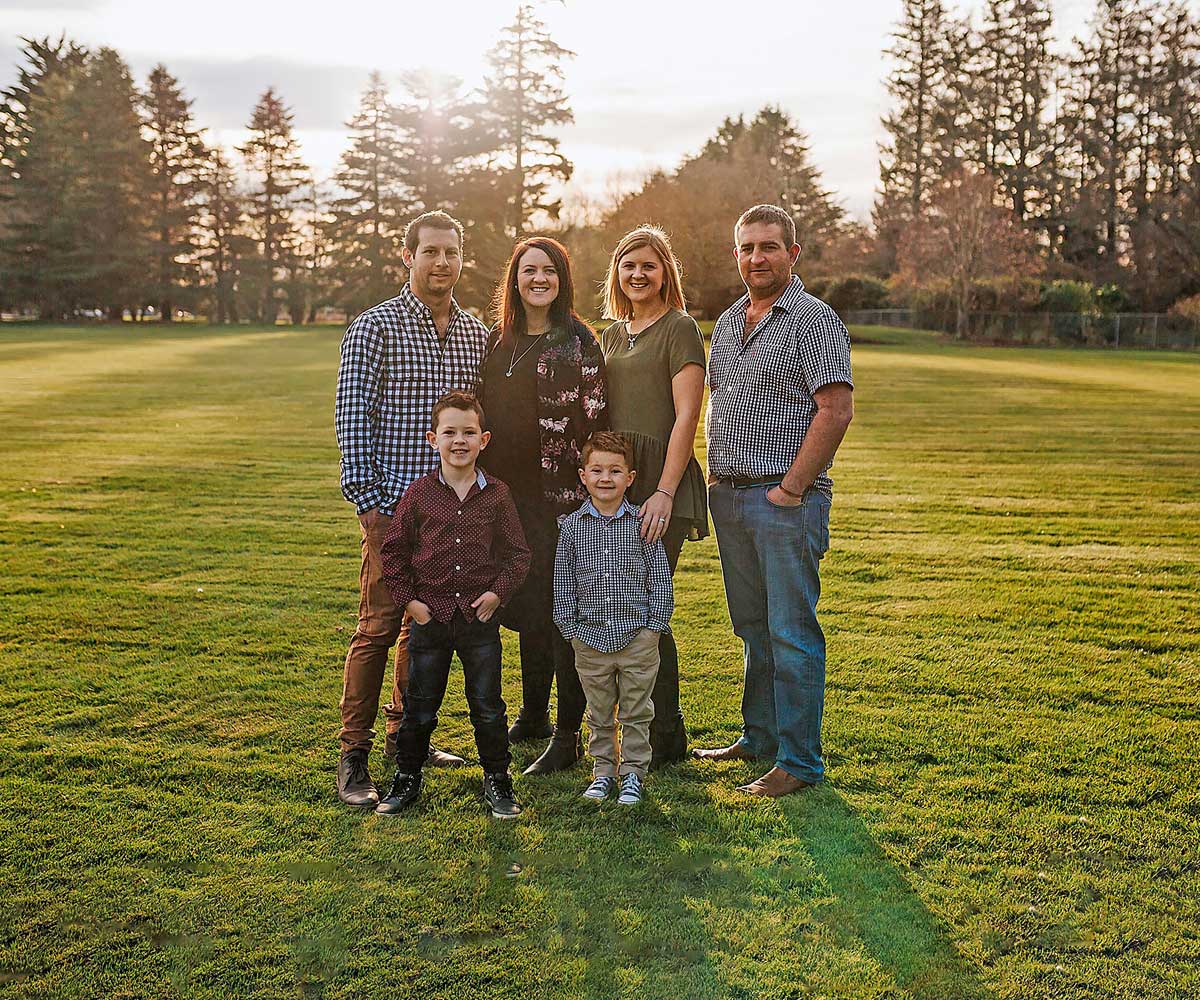The desire to have a family may be natural, but it’s not always easy. Latest research shows up to a quarter of couples experience infertility. But the good news is there are more fertility treatments than ever, and a wide range of people seeking them, including ostensibly healthy young couples with ‘unexplained infertility’, single women wanting to improve their chances, and young women opting to freeze their eggs for when the time is right.
Fertility Associates, which has 18 clinics across New Zealand, says when they first opened in 1987, couples had a 15 per cent chance of having a baby; that now sits at 50 per cent. And while going private is out of reach for many – one cycle of IVF costs around $8600, or up to $14,000 including medication – Kiwis can access up to two fertility treatments paid for by the government if they meet certain criteria.
NEXT spoke to three women who have all been on different fertility journeys to talk all things egg freezing, IVF and breaking the stigma of infertility.
Liz Scott, 34
Liz and her fiancé had to explore fertility options following a vasectomy reversal
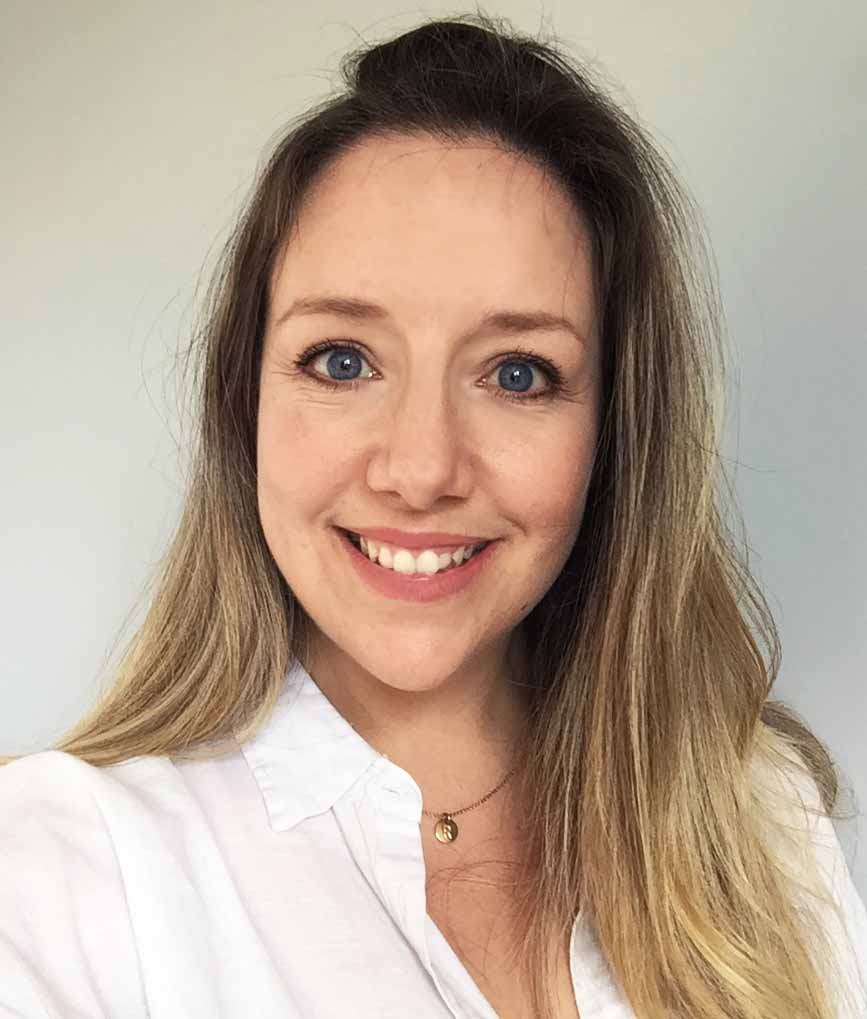
When my partner and I got together we knew it’d be difficult to have children as he’d had a vasectomy during his previous marriage. We did a vasectomy reversal, which was semi-successful, but it wasn’t enough to get pregnant naturally. After a year we realised ‘Okay, we won’t be able to do this by ourselves’. We had all the tests and they said, “You’ll have to go ahead with IVF.” We applied to go on the list for public funding but because we hadn’t been trying long enough, we didn’t qualify. That was 2014.
We knew from the word go there would be a problem with the sperm but luckily tests showed there wasn’t anything on my side that was going to affect the whole process. With that established, it was a case of figuring out a game plan based on all the information we had.
We did ICSI [Intracytoplasmic sperm injection], where they choose the best sperm and inject it into the egg. The process is quite extreme for the woman. First, I had to inject myself in the stomach every night for seven to 10 days, which causes multiple mature eggs to develop.
My partner offered to help but I said “No, I can do it; you’re not going to stab me!” Then there are scans to see how you’re ripening up. You end up looking like a balloon because you’re so full; if you imagine each ovary having multiple eggs over 1cm each – it’s quite intense.
Then comes the not-very-nice part where they remove the eggs. It’s about a 20-minute surgical procedure where an ultrasound probe is used to guide a small injection through the top of the vagina to remove the eggs from follicles in each ovary. That’s the part most women freak out about. It’s invasive and you’re fully awake, so it’s painful. You’re also hoping they get as many as they can and that every single one is viable, knowing they won’t be because they won’t all mature. Afterwards you go and get a cup of tea and wait.
The hardest part of going through IVF is the hoping and waiting.
They took the best sperm match, and kept it in an environment where they could hopefully find and create an embryo. The first round we got 12 eggs. Out of the 12 I got two embryos that could be viable pregnancies. All through this process you’re still going to work. The first time I was in a customer services job so I’d let my boss know I was doing it because you have to take quite a bit of time off.
You’ve got to go in for a billion blood tests, and they have to be done before 8am as that’s when the hormones are at their highest. It’s pretty intrusive on your life; I don’t think you can ever be mentally prepared for it, even if you’ve done it before. The first time it all went well. My hormones went through the roof, started doubling, tripling – it was exciting – but when I went in for the seven-week scan we found out it wasn’t viable, which was traumatic for both of us.
To tell or not to tell about an uncertain pregnancy
We’d only told a handful of people about the pregnancy because we didn’t know how it would go until 12 weeks, and only close family and some friends knew we were doing IVF.
I don’t know why we weren’t more open; I think you’re embarrassed, which is so rubbish, as most people would have your back. It’s the biggest, worst, happiest, most awful roller-coaster you’ll have ever experienced in terms of fertility, and maybe even your relationship, so you need the support. Even though the first embryo wasn’t viable, my body didn’t naturally miscarry so I had to have a dilation and curettage procedure (D&C) to remove it.
That was a bit of a mental process because now you’ve got the last embryo sitting at Fertility Associates and you have to figure out ‘Do we have the money to put in another one again, and are we ready?’ We waited for three months because my body hadn’t quite done what it needed to, then we decided to implant the second one. Trying again isn’t the whole process; it’s just putting in an embryo, no injections. Then you go through 10 days of ‘Is that a twinge? I don’t know. Do I feel sick? I’m not sure.’
Of course you feel sick because you’re sitting there thinking about it, but you’ve got to go to work and do your day-to-day stuff. And as awful as it is, you can’t help but get excited because if you didn’t have that hope and excitement, then why would you do it? Sadly, our second embryo didn’t take either, so we were back to square one.
By this stage we could get on the list for public funding, but it’s 12-18 months’ wait, and we decided we couldn’t. If you do it without public funding, it’s tens of thousands of dollars, but my partner’s a bit older than me and he wanted to move ahead.
The fertility treatments were all worth it in the end
So we found the money for the second round. This time I’d got my head in the game; you don’t initially. You think you do, but the second time you’re like ‘I’ve got this’. We retrieved 22 eggs, which was massive, but we still only got three embryos – one more than last time.
We went ‘Okay, cool; we’ve done that process, now we’ve got to freeze our three and we’re going to stop for a bit.’ I had a new job by that point and I needed to be there a bit longer. My boss was aware of what I was going through, what we were planning to do, and fully supportive.
You need that support so much in all areas in your life. They did the implantation, and 10 days later the blood test revealed I was pregnant. We’d been there before, so the reaction was ‘Yay but not yay’. On the day of the dreaded seven-week scan we rocked up feeling very sombre – trying not to get our hopes up. They heard a heartbeat and that was so massive.
I had the best pregnancy. We didn’t know what sex the baby was, everything was so planned in this process up until the 12 weeks and we thought ‘Nope, this is the one thing we can’t plan and we don’t care; we’ll make it a surprise at the end.’ Nine months later, Rosie was born. The rest is a new mum’s story. Tired nights, but all the tough bits get erased because it’s so worth it.
Before you start IVF, I recommend sitting down with your partner and having a really open discussion about the process and what your biggest fears are. Do it now, versus when your hormones are up the wazoo, you’re having a million injections, and you feel like a crazy person because you’re in limbo all the time. At that point, in the middle of that awful storm, you’ll blow up at each other, and you’ll say awful things. But if you try to have it out in a calm situation without all of those hormones and added extras that no one wants, maybe, hopefully, it will mean that storm in the middle isn’t so violent.
I’m very open about the fact our daughter Rosie is an IVF baby and we struggled. When people ask, “Are you going to have another one?” We say, “We’re not sure because we’ve been through IVF.”
Even though we’ve got two frozen embryos, we’ve decided what we do with them is a discussion for January. We will re-evaluate it at that time.
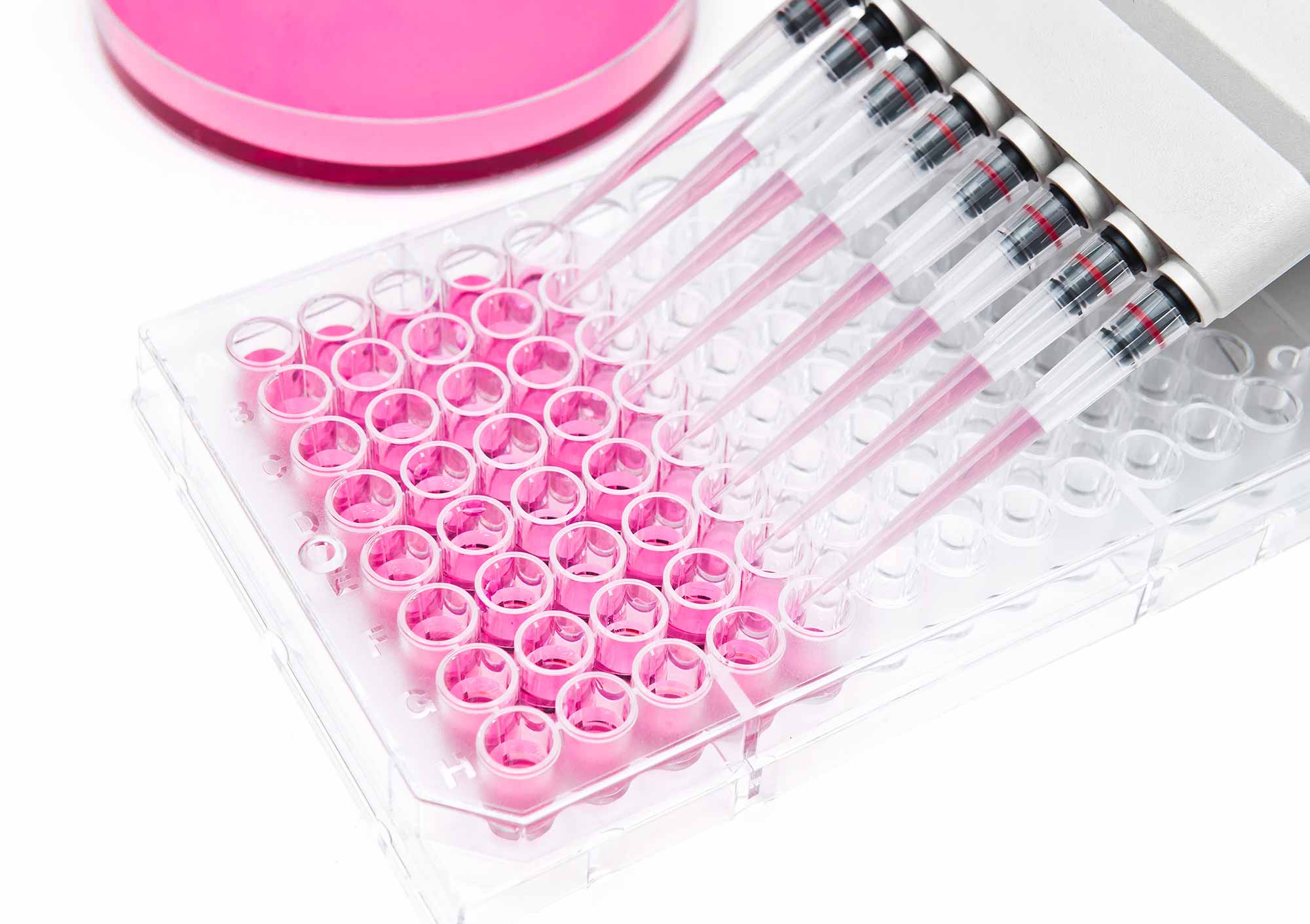
Dana Lumsden, 32
Dana was 30 and single when she froze her eggs as a ‘security blanket’

At the time I started to investigate fertility options, I was working on super yachts. I’ve always wanted kids, and it was funny because a guest on board left behind a Time magazine where there was an article on egg freezing. I started reading up on it.
I came back to New Zealand on holiday and discussed it with my parents, and said I was thinking about it. They’d had fertility issues before they had me and my brothers, so they were all for it. I made an appointment with Fertility Associates for the initial consultation, which costs $285, and that’s when I found out about the Anti-Mullerian Hormone (AMH) test [a $95-$120 blood test that estimates a woman’s ovarian reserve].
After I got my results the doctor at Fertility Associates said “Go away and have a good think about it”. I was 11 on the AMH score, which is on the lower end. They show you the graph of where your age is and where your AMH level is and how it decreases. It’s such an easy thing we could all do to at least give us an idea.
I started treatment in March 2017, when I was 30. When you go to your first appointment with Fertility Associates you learn about the drugs you’ll be taking and how to administer them. Then you walk away with your first pack to do at home. The first injection was the hardest thing ever; I said to my mum “I don’t think I can do this”, but once you get going, you get into the swing. Near the end I had three injections a day with three different types of drugs.
VIP fertility treatment
When you go in for an internal scan they can see how the ovarian follicles are developing; they might adjust your dosage or you might get a slightly different hormone depending on how everything’s progressing. Once they think you’ve reached your peak number of follicles you have your trigger injection. You go into a room with a little window and the ladies are counting the eggs as they extract them. My mum and sister-in-law could sit with me and watch the whole process on the camera, which was amazing.
They even give you a Champagne breakfast beforehand! In 15 minutes you’re back in a waiting room where they monitor how you’re coming down from the anaesthetic. They tell you how many eggs they got, then an hour later they ring to confirm how many were stable enough to go in the freezer. It’s so efficient and everyone makes you feel so looked after. It was an incredible experience to see my body go through that and the science behind it. I was lucky to get nine out of nine eggs.
My mum has always been open with the struggles she and Dad went through to have children. I was lucky because they helped me and I’m very open with people when I talk about it. It’s an expense, that upfront cost, but I think the value is there. I’m still single but I’m in a good place. Being able to put that power back into your hands is important. You think, ‘I’m going to move at my pace.’
Hollie Langerak, 34
Hollie and her husband started their IVF journey early. Five years later, Hollie is mum to Oscar, three, and Henry, 17 months

My husband and I met at high school when I was 15. We got married in April 2011 and thought we’d start trying for a baby straight after the wedding. I came off the pill around six months beforehand, started taking [pregnancy supplement] Elevit and eating healthily in preparation.
About seven months after we were married nothing had happened, so we went to our GP, who said “Give it more time,” which was fair enough. Towards the end of the year, we still hadn’t had any luck and the disappointment was setting in. My sister had no problems getting pregnant, so after another couple of months I called Fertility Associates and decided to go to them directly for a consultation.
An emotional ride to fertility
We did all the initial tests, which all came back fine. The doctor suggested trying some rounds of monitored Clomiphene cycles [Clomiphene is a pill for women who don’t ovulate or who have irregular cycles, or those with a shorter duration of unexplained fertility]. We went into it with high hopes it would be the ‘fix’ we needed; sadly, after eight rounds I was still not pregnant. We went on to the list for publicly funded IVF. While we waited for our allocated month to come up we continued to use ovulation kits. Luckily, our month got brought forward and the emotional roller-coaster that is IVF began.
On our first round we collected 15 eggs, but by the next day 10 had perished. By day three we only had two left. One we used for a fresh transfer on day five, the other a frozen transfer – both unsuccessful. I began doing weekly acupuncture and went to see a naturopath, who put us on strict diets and supplements. We went back on the list to have our second round of IVF publicly funded and decided to pay for a round privately while we waited.
It was the same protocol, but the results were dismal. By day three we only had one egg that hadn’t made it to blastocyst stage (days 5 or 6 after fertilisation) and wasn’t looking promising but we transferred it back on day three and hoped for the best – this was also unsuccessful.
We gave up on the strict diet and supplements, but continued with the acupuncture and healthy eating. On our next publicly funded round of IVF we decided to try something different so started a longer course of injections, as well as endometrial scratchings and the ‘Colorado protocol’ of adding in antibiotics, steroids and aspirin. This seemed to work better for my body – by day five we had three in the freezer and one for a fresh transfer.
Our fresh transfer was heartbreakingly unsuccessful again, but on the next frozen transfer we finally got a positive result. We were nervous but ecstatic that our luck was changing. I went for bloods every few days, then weeks to track HCG [a hormone produced during pregnancy] and try to give me some peace of mind – we booked our scan at what would’ve been eight-and-a-half weeks. The morning of the scan I didn’t want to get too excited in case it was all about to come crashing down. Sure enough that’s what happened. I had a molar pregnancy – my placenta had grown but no baby was inside. We were asked if we wanted to miscarry naturally or have a D&C. I chose the D&C.
It was devastating, but it gave us hope that if one embryo had sort of worked, maybe the next one would too. Once we felt ready we transferred the next frozen embryo, then after that the last frozen embryo. Neither transfer stuck. Our specialist said he’d strongly suggest not doing another round; we should look at egg donation or try a surrogacy. I wasn’t ready to give up, but we started to talk about our other options; my sister offered to be a surrogate, or she’d give me her eggs if that’s what we needed. We looked into adoption and made contact with Child, Youth and Family (now Oranga Tamariki) about fostering/home for life.
I went to see the Fertility Associates counsellor to work through all that was going on. We decided we’d do one last privately funded round of IVF, then we’d start pursuing other options. This round was difficult as we knew it was the last, and with so many disappointments it was getting hard to be positive. But I did a lot of positive IVF visualisation and meditation and five days after the egg collection we had four good-looking embryos. We did a fresh transfer with one, then froze the other three.
After the two-week wait we got a short-lived positive result – a chemical pregnancy/early miscarriage. Finally on our next frozen transfer – embryo number nine – we got a positive HCG reading. Even though my HCG was slow to rise, it did. Nine months later we had our beautiful boy Oscar by C-section. We couldn’t believe that after all the struggles and heartbreak we finally had our baby.

Oscar and Henry are the happy ending to a long fertility journey.
A different experience with fertility the second time around
Once Oscar was over one year old, we decided to try for a sibling naturally, but after seven months I wasn’t pregnant so we contacted Fertility Associates to transfer one of our frozen embryos. Quite a different experience; I went to the embryo transfer alone as my hubby was home with Oscar; we didn’t want to tell family and friends we were trying this time around.
I did all the things I’d done on Oscar’s successful transfer, such as acupuncture and fertility massages. We were heading to the snow for the weekend when I was supposed to have the blood test, so I bought a pregnancy test to use while we were away. I did the test and two strong lines came up; I was pregnant again! We were so excited but also nervous something might happen to end this pregnancy. But we made it through the seven- and 12-week scans, then to the 20-week scan. My second beautiful boy was born at 33+4.
Afterwards I had to have a hysterectomy and bladder repair; my placenta had grown through the side of my uterus and on to my bladder. We still have one frozen embryo left, but Henry has put an end to our fertility journey. We could look at a surrogate for the last embryo, but I don’t think we want to go down that road. We’re happy we’ve got the two boys.
Family and friends were all open to it when we told them about IVF. Initially I found it hard with people asking for updates, so I shut everybody out for a while. But the further on we got the more I realised talking about it was helpful, if only because it explained my up-and-down moods to the people in my life. Now there’s more awareness around infertility and the associated struggles. This is good because it was hard having people say to me, “You better hurry up [and have kids], you’re getting older.”
If I want to ask someone if they’re going to have children, I’ll say, “We really struggled to have our two” to open up a conversation about infertility in case they’re wanting to share.
